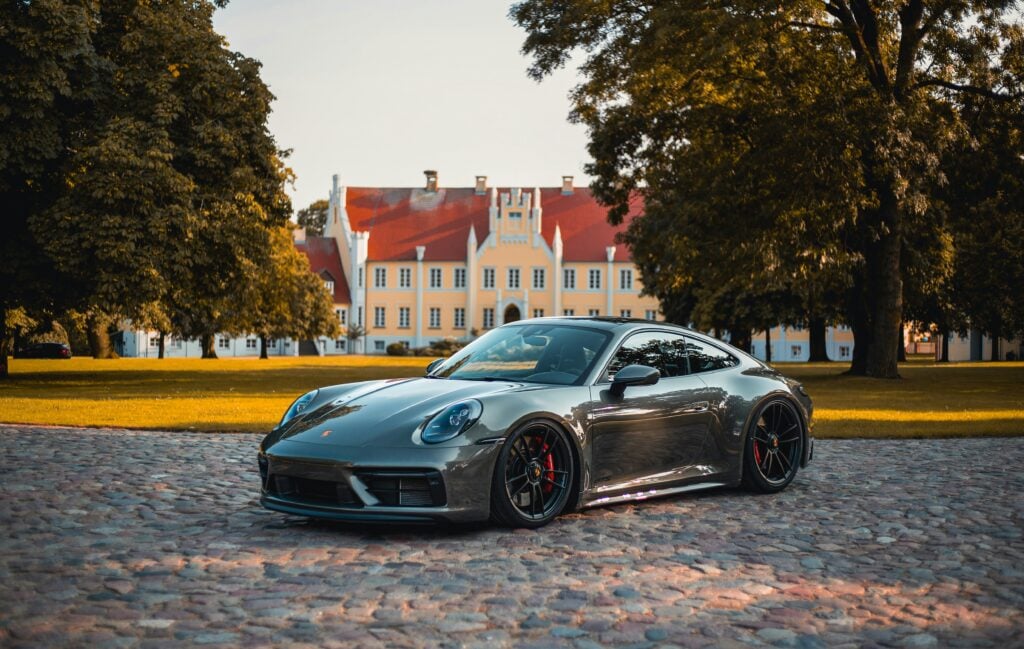Luxury vehicles are more than just a means of transportation, they are a statement of style, sophistication, and technological mastery. From the gleaming exterior to the meticulously crafted interiors, every aspect of a luxury car is designed to create an experience that goes far beyond driving. But what exactly makes a vehicle “luxurious”?
Exquisite Materials and Craftsmanship
One of the defining features of luxury cars is the quality of materials used. Interiors often feature hand-stitched leather, polished wood veneers, brushed metals, and high-grade fabrics. Each component is carefully selected not just for durability, but for aesthetic appeal and tactile pleasure. Craftsmen spend countless hours perfecting details such as stitching patterns, dashboard trims, and door panels, ensuring that every touchpoint exudes refinement.
Luxury is not just about appearance, it’s about how it feels. From the smoothness of a leather seat to the precision of buttons and controls, these details are designed to create a sense of comfort and sophistication that is immediately recognizable.
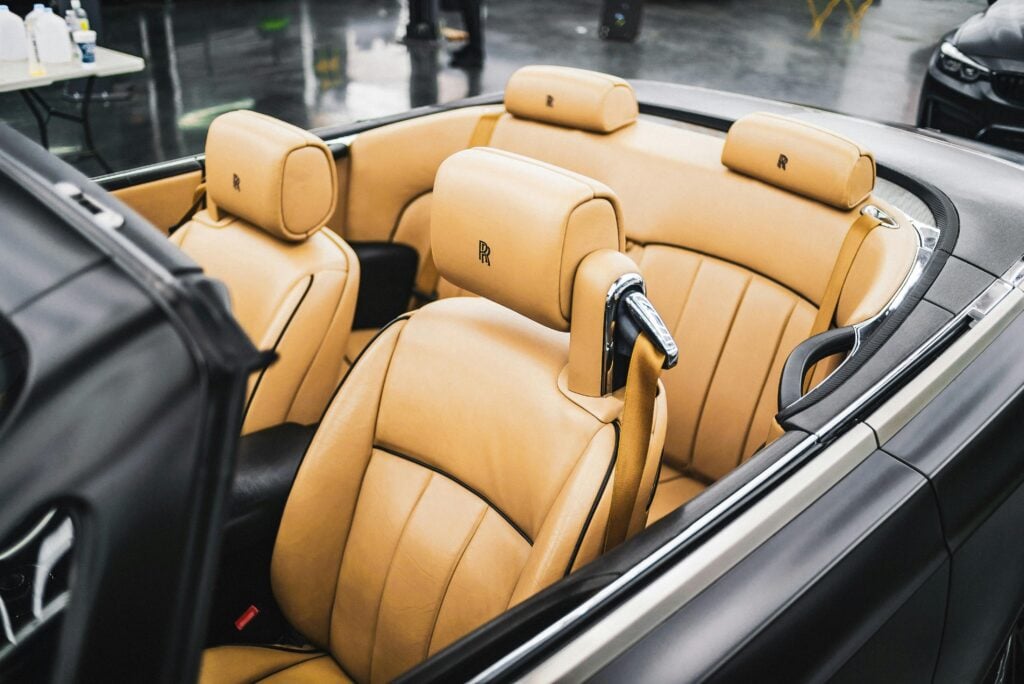
Cutting-Edge Technology
Luxury vehicles often lead the way in automotive technology. Innovations such as adaptive cruise control, advanced suspension systems, high-end infotainment setups, and ambient lighting create an environment that blends convenience with elegance. Many luxury cars now offer semi-autonomous driving features, allowing passengers to relax while still enjoying the thrill of the ride.
Technology in luxury vehicles is not only functional but also experiential. For example, customizable ambient lighting, massage seats, and high-fidelity sound systems transform ordinary travel into a multi-sensory experience. Every detail is carefully curated to enhance the driver’s and passengers’ comfort.

Design Philosophy
A luxury vehicle’s design is often the first thing people notice. Smooth lines, balanced proportions, and a commanding presence on the road are hallmarks of high-end automotive design. Beyond aesthetics, luxury car manufacturers pay close attention to aerodynamics, ergonomics, and spatial comfort, ensuring that both form and function are perfected.
Bespoke options further elevate the experience. Many brands allow buyers to customize everything from paint colors and interior finishes to stitching patterns and wheel designs. This level of personalization ensures that no two luxury vehicles are exactly alike, making each car a unique reflection of its owner’s taste.
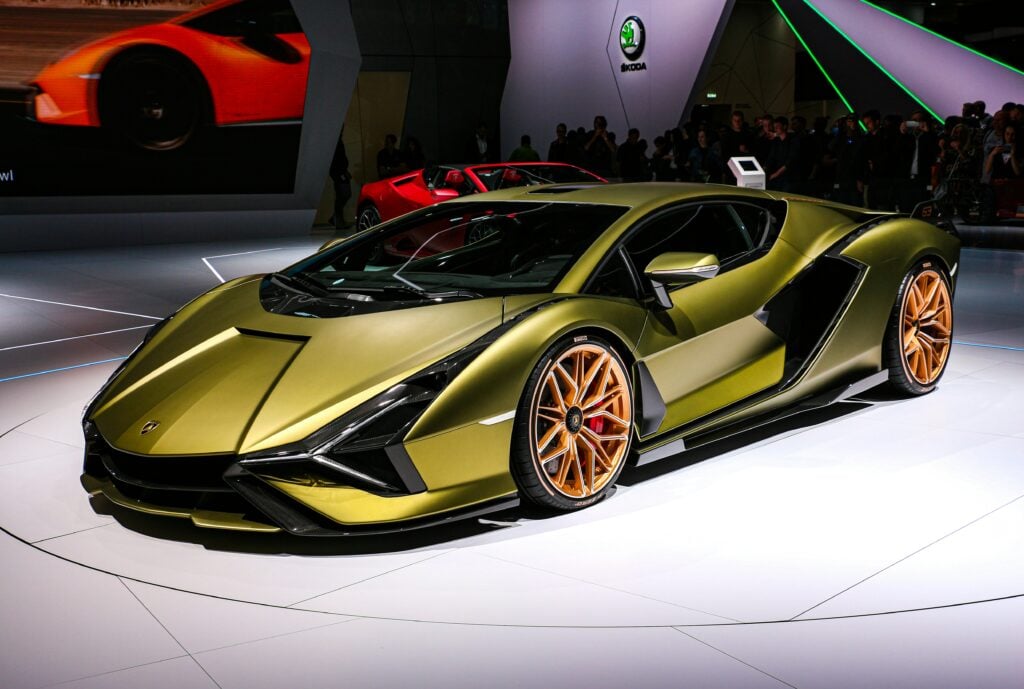
Performance and Driving Experience
Luxury is not only about comfort and aesthetics, it’s also about performance. Engines are crafted for smooth power delivery, responsive handling, and minimal noise, providing a driving experience that is both thrilling and effortless. High-end suspension systems absorb road imperfections, while precise steering and braking systems ensure complete control, creating a ride that feels both safe and exhilarating.
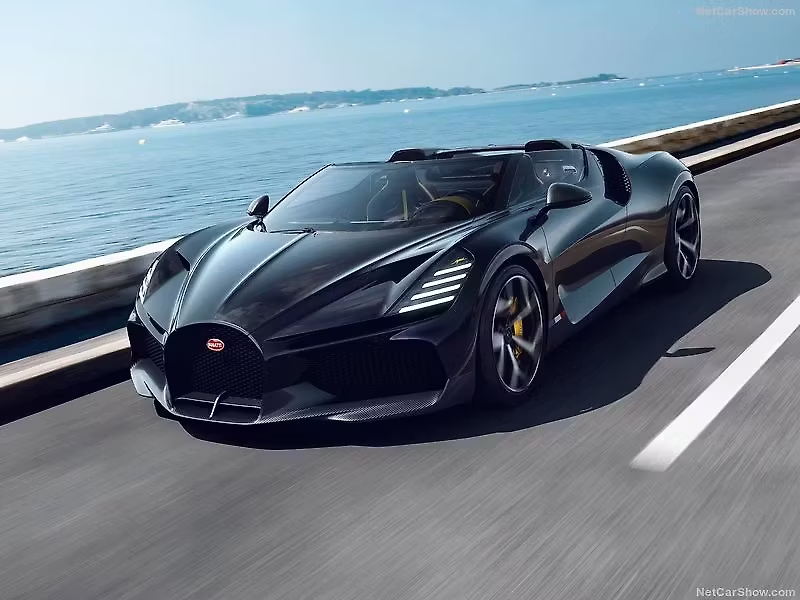
Heritage and Brand Prestige
Finally, much of a luxury vehicle’s appeal comes from the heritage and reputation of its brand. Names like Rolls-Royce, Bentley, Ferrari, and Lamborghini carry decades, sometimes over a century of innovation, craftsmanship, and exclusivity. Owning or riding in one of these vehicles is not just about transportation; it is about becoming part of a story, a legacy of automotive excellence.
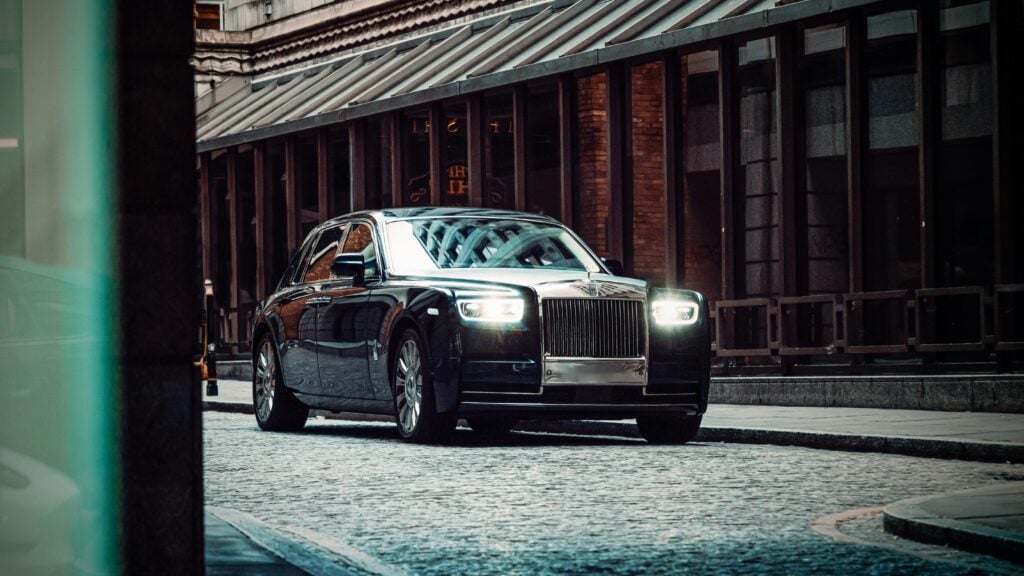
Conclusion
Luxury vehicles represent the pinnacle of automotive design, engineering, and craftsmanship. Every element from materials and technology to performance and brand heritage is meticulously designed to create an experience that transcends ordinary driving. Whether for daily use, special occasions, or simply to admire from afar, luxury cars remain symbols of elegance, sophistication, and innovation.


